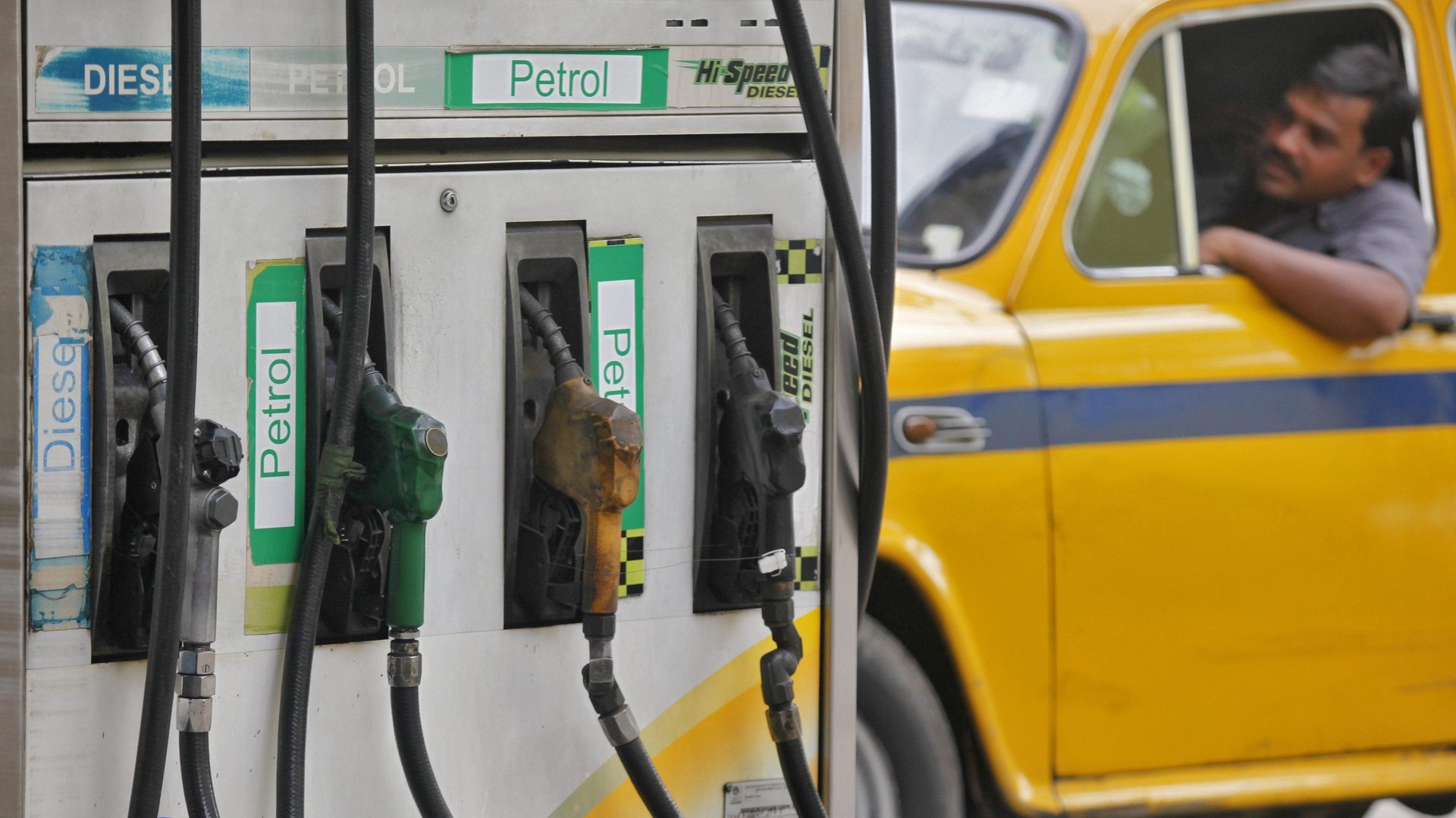Despite a brief respite in sight, India’s inflation worries are far from over
India’s central bank may have brought down inflation worries today, but price pressures could potentially re-emerge soon.


India’s central bank may have brought down inflation worries today, but price pressures could potentially re-emerge soon.
The Reserve Bank of India (RBI) today (Oct. 8) lowered the inflation forecast to 5.3% (pdf) for the ongoing financial year from its earlier estimate of 5.7%. “The CPI (Consumer Price Index) headline momentum is moderating with the easing of food prices which, combined with favourable base effects, could bring about a substantial softening in inflation in the near-term,” RBI governor Shaktikanta Das said.
India’s consumer price inflation has remained higher than the RBI’s comfort level of 2% to 6% for six out of the past 12 months. In July, it came down to 5.59% and further down to 5.30% in August.
High inflation in edible oils, fuel, liquified petroleum gas, and medicine are significantly influencing consumer prices.
“Certainly, fears of a nasty inflation shock have receded at the margin because India’s (CPI) forecasts are lower when the global (crude) prices are going up,” said Rahul Bajoria, chief India economist at Barclays Bank.
However, while the central bank has projected inflation at 5.2% in the next financial year, its estimates show that consumer prices may heat up by the March quarter.
What fuels India’s high inflation?
A surge in food inflation is often cited as a reason for higher overall inflation in India. Rising per capita income and diversification of Indian diets have raised the demand for high-value food products like milk, eggs, meat, and fish amid supply disruptions.
However, this ought to be taken with a pinch of salt, too, under the present circumstances given the low-base effect, analysts said. A month-on-month view may provide a better perspective.
“Right now, food inflation is benefiting from the base effect, which will continue till about November. After that, I think the base effect will not support a decline in food inflation,” said DK Joshi, chief economist of rating agency CRISIL.
Another factor that could lead to an inflation spike in India is the sharp rise in global crude oil prices.
India increased fuel tax significantly even when global prices were declining following the Covid-19 outbreak. Petrol prices have skyrocketed to above Rs100 a litre in most states by now.
The RBI governor today indirectly urged the government to ease this tax on fuel.
“The global energy crisis and surge in oil prices have been quite significant. The extent of the cut in indirect taxes will only determine how much it will assuage the price pressures,” said Arun Singh, global chief economist of the US-based company Dun and Bradstreet.
Will India’s coal shortage pose a risk?
Along with higher crude oil prices, coal shortages in India may fan the risk of higher inflation.
However, power purchase agreements between mining companies and distribution utilities may cushion retail consumers, easing near-term inflationary pressures, according to Bajoria.
“On retail electricity prices, we do not see a major shift coming through. It might be a 6-12 month issue, but a near-term price shock is very very unlikely,” he said.